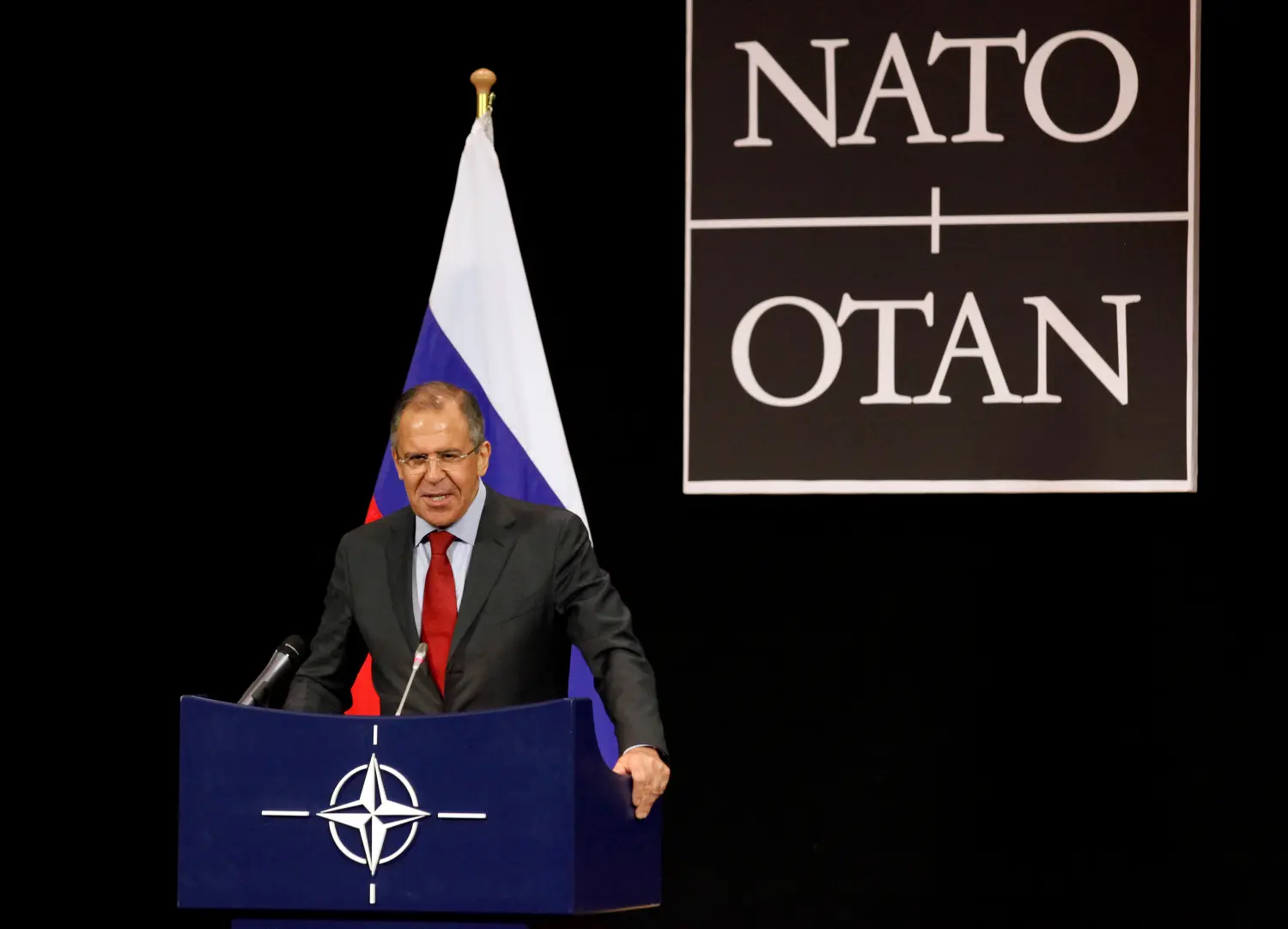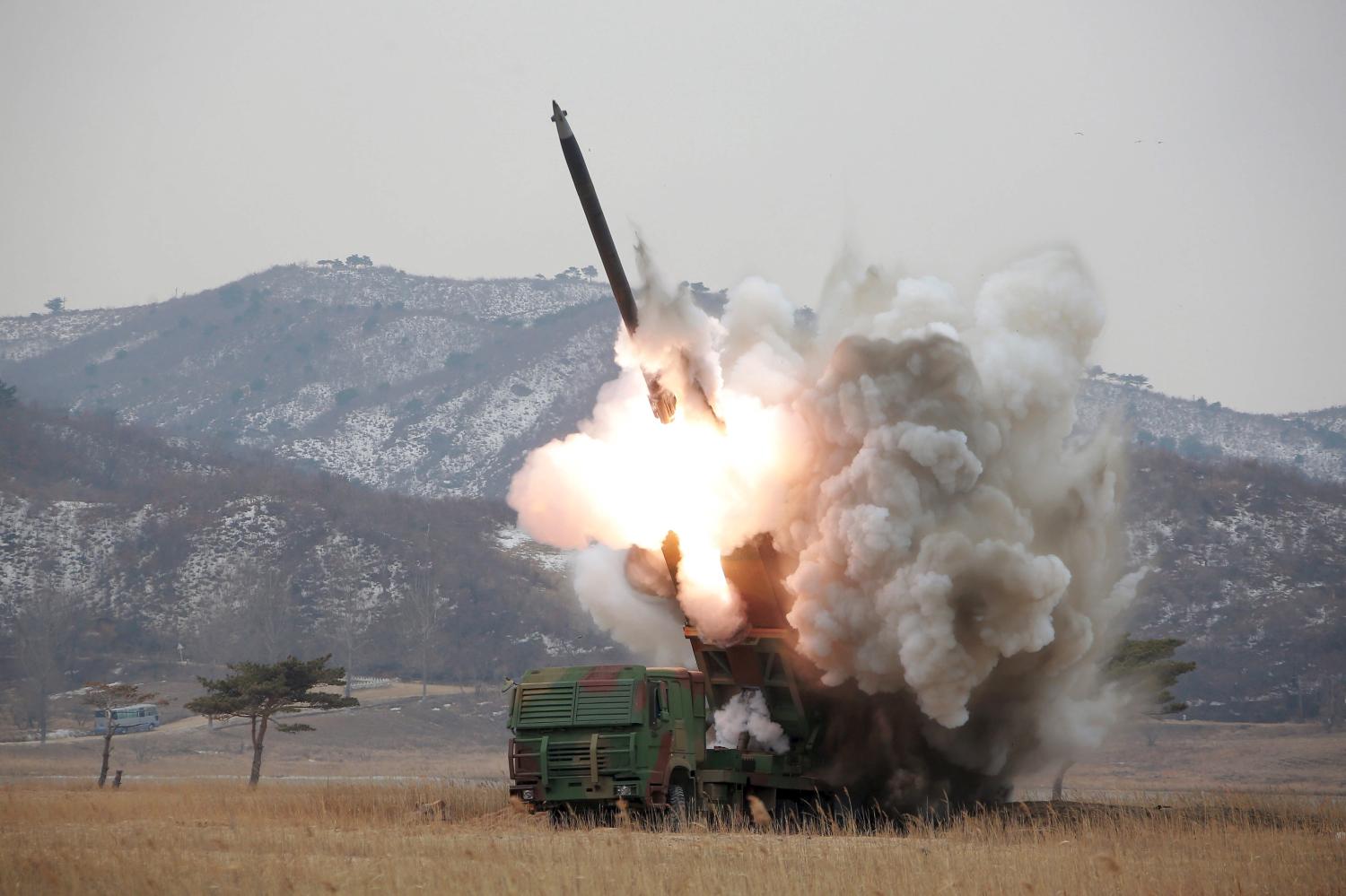INTRODUCTION AND EXECUTIVE SUMMARY—
Missile defense has been an issue on the agenda between Washington and Moscow since the 1960s. Although the 1972 Anti-Ballistic Missile Treaty appeared to resolve the question, it kept coming back—in the form of U.S. suspicions about the large, phased array Soviet radar at Krasnoyarsk, Soviet concern about the Strategic Defense Initiative, National Missile Defense programs, U.S. withdrawal from the Anti-Ballistic Missile Treaty and plans for deploying missile defenses in Europe.
In 2012, the missile defense issue ranks high on the U.S.-Russia and NATO-Russia agendas. Policymakers in Washington, Moscow and NATO capitals face a challenge: can they manage the question in a cooperative manner, perhaps by developing a NATO- Russia missile defense of Europe, or will this be a contentious issue that undermines arms control and broader relations?
After a review of the history of missile defense, this paper describes the Obama administration’s “European Phased Adaptive Approach” (EPAA) to missile defense in Europe. The EPAA is based on the Aegis SPY-1 radar and Standard SM-3 missile interceptor, which is to be upgraded over the next decade to defend NATO Europe, and later to augment defense of the U.S. homeland, against prospective longer-range ballistic missiles from Iran (though NATO as a matter of policy does not publicly cite Iran). NATO has endorsed this approach, and the first phase began in 2011, with deployment of U.S. Navy warships armed with SM-3 interceptors in the Mediterranean and a supporting radar in Turkey. Later phases envisage SM-3 interceptors plus SPY-1 radars deployed on land in Romania and Poland.
Initially, the Russians seemed to see the EPAA as less of a threat than the Bush administration plan that it replaced. The Russians agreed at the end of 2010 to explore a cooperative missile defense arrangement with NATO. In 2011, however, Russian officials attached priority to securing from Washington a “legal guarantee” that U.S. missile defenses would not be directed against Russian strategic ballistic missiles, accompanied by a series of constraints.
The Obama administration has offered a political assurance on this but could not agree to a legal guarantee. Republican support for missile defense and op- position to any treaty limits on it would mean that a treaty could not obtain the two-thirds majority necessary for Senate ratification. Moscow nevertheless has held to its insistence. The mix of motives that underlies the Russian approach to missile defense and possible cooperation with NATO is not entirely clear but likely includes: concern that later phases of the EPAA or subsequent developments will threaten Russian strategic ballistic missiles; Ministry of Defense reluctance in principle to engage in a cooperative effort; opposition to U.S. military infrastructure on the territory of countries that joined NATO in or after 1999; and a desire to drive wedges within NATO. Finally, Moscow may be in a holding pattern on missile defense, as it is on nuclear arms control issues, until it sees who wins the November U.S. presidential election.
Should the sides find a way around the legal guarantee obstacle, there appears to be a rich menu of ideas as to how a cooperative NATO-Russia missile defense arrangement might be structured. In 2011, U.S. and Russian officials reportedly found convergence on ideas such as transparency; joint NATO-Russian missile defense exercises; a jointly-manned “data fusion center” that would share early warning data and develop a “common operational picture;” and a “planning and operations center” that would, among other things, implement transparency measures, exchange updated threat assessments, and discuss possible attack scenarios. Several U.S.-Russia Track II dialogues over the past two years have developed complementary ideas for NATO-Russia missile defense cooperation.
The Russian proposal for a legal guarantee is accompanied by a proposal for “objective criteria,” which translates to limits on numbers, velocities and locations of missile defense interceptors—a treaty covering missile defense. Short of a treaty, however, there are ways to reassure Moscow about the capabilities of U.S. missile defenses and the inherent limits on those capabilities. For example, as the head of the U.S. Missile Defense Agency has suggested, the Russians could observe SM-3 interceptor tests to confirm that the velocity and range of the missile would not allow it to engage Russian strategic missiles. The U.S. government might also offer an annual declaration regarding the current and planned numbers of key elements of the U.S. missile defense system—interceptor missiles, silos and land-based launchers, associated radars and missile-defense capable ships— and commit to provide advance notice of changes in the planned numbers. This would allow Moscow to gauge whether the sum of U.S. capabilities seriously challenged its strategic deterrent.
In different political circumstances, given current U.S. plans, it would appear that a ten-year agreement limiting each side to no more than 100-125 interceptors capable of engaging strategic ballistic missiles would (1) assure Moscow that its strategic ballistic missile force was not threatened, and (2) permit the United States to do everything that it wants to do over the next decade to defend against the Iranian and North Korean ballistic missile threats. The administration, however, is not exploring such a treaty, as it understands that any such agreement would have no prospect of Senate ratification.
For the time being, missile defense falls into the category of difficult issues in U.S.-Russia relations. Achieving a NATO-Russia agreement on missile defense cooperation appears all but impossible in 2012. The U.S. and NATO objective should be to keep the door open for a NATO-Russia agreement in 2013. Then, the United States and NATO could offer a package to encourage Russia to join in a cooperative missile defense. Such a package could include some or all of the following measures:
- A U.S. and NATO political commitment not to direct their missile defenses against Russian strategic ballistic missiles.
- Maximum transparency regarding planned U.S. missile defenses. This should include an offer of an annual notification laying out the numbers of key missile defense elements currently deployed and planned for deployment each year over the next decade. This should be accompanied by a commitment to provide the Russians notice in advance should there be any changes in those planned deployment numbers. Ideally, this would apply on a reciprocal basis.
- Technical briefings as to why the Defense Department concludes that U.S. missile defenses will not threaten Russian strategic ballistic missiles.
- Reiteration of the offer to allow Russian experts, using their own sensors, to observe SM-3 interceptor tests.
- Indicating that a cooperative NATO-Russia missile defense arrangement could be of a provisional, time-limited nature, with NATO acknowledging at the outset that (1) Moscow has strong concerns regarding U.S./NATO missile defense capabilities and (2) Russia’s decision to agree to a provisional cooperative arrangement does not preclude that Moscow may decide not to make the arrangement permanent if it believes that U.S./NATO missile defense capabilities will threaten its strategic forces.
- Indicating that, as long as the ability of NATO’s missile defense to protect all Alliance members is not degraded, NATO is prepared to listen to and accommodate reasonable Russian suggestions for a cooperative arrangement.
- Indicating that the “adaptive” part of the EPAA includes a possibility that the United States might slow development of and/or in consultation with NATO choose not to deploy the SM-3 Block IIB interceptor if it were clear that Iran were not making significant progress toward achieving a longer- range missile capability.
- Establishing regular U.S.-Russia (or NATO- Russia) ballistic missile threat assessment conferences, focusing on North Korea and Iran, to close the gap in the sides’ estimates.
In 2013, if Moscow is prepared to move forward, these recommendations would provide a basis for engaging the Russians and for moving to agree on and implement ideas for a cooperative missile defense arrangement for Europe. Some of these recommendations would prove controversial in Washington. But they would not undermine current U.S. plans for missile defense to protect Europe and the U.S. homeland. They would only cause a change in those plans if it became clear that some threats, such as an Iranian intercontinental ballistic missile, were not emerging.
The United States and NATO should seek, without degrading their ability to defend against limited ballistic missile attack, to make it as easy as possible for Moscow to agree to a cooperative missile defense arrangement. Ultimately, the Russians will have to decide how to respond. A Russian readiness to accept a political commitment that U.S. missile defenses were not directed against their strategic ballistic missiles rather than a legal guarantee would open dramatic potential for cooperation. The reported convergence in the sides’ thinking could presage a relatively rapid realization of a practical cooperative arrangement. That would be in the U.S. interest, making missile defense an asset rather than a liability on the U.S.-Russia and NATO-Russia agendas, providing for a stronger missile defense of Europe, and perhaps proving a game-changer in broader NATO and Russian attitudes toward each other.
A note on scope: This paper focuses on Europe, currently the geographic center of the discussion on missile defense. While not addressed here, missile defense is also an issue in the Middle East and in Asia, as demonstrated by the deployment of land-and-sea-based missile defense assets in anticipation of the April 13, 2012 North Korean rocket launch. China also figures in the broader discussion. Having a smaller strategic missile force than Russia, Beijing will closely follow U.S. efforts to defend America against ballistic missile attack. And one reason why the U.S. Navy is interested in the Standard SM-3 interceptor is that it could enhance the Navy’s ability to defend aircraft carriers against Chinese ballistic missile attacks designed to deny access to certain ocean areas.
The Brookings Institution is committed to quality, independence, and impact.
We are supported by a diverse array of funders. In line with our values and policies, each Brookings publication represents the sole views of its author(s).





